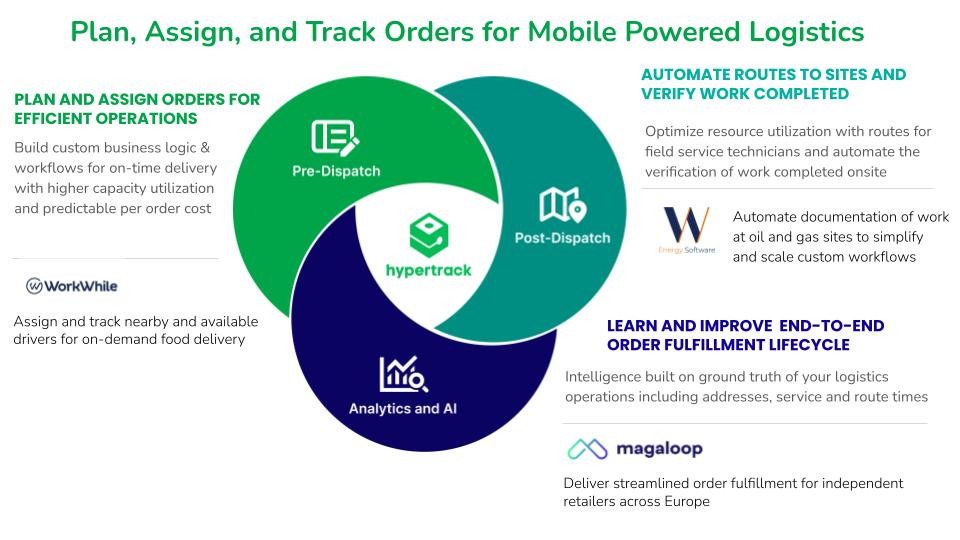The importance of last mile
As a logistics tech builder there are many ways to build technology for last mile use cases. On the demand side, end consumers expect their orders to be fulfilled on time and with constantly increasing visibility and transparency expectations. This requires high quality visibility solutions and ETA estimators. From a cost perspective, the last mile accounts for ~50% of fulfillment costs. To ensure this remains within control, it is important to ensure that your last mile operations are continually optimized.
How hard can it be?
Building last mile tech requires stitching together complex cloud, map, and mobile technologies. We’ve worked with countless teams that embark on this journey assuming this is simple and straightforward. Teams often assign one engineer to build a basic app. But when teams start building, they quickly realize that optimizing location requires specialized expertise to solve issues with outages, battery life, and infrastructure costs . They also encounter the complexity of leveraging mapping technology to accurately display live order and driver locations on a map. In addition, all of this mobile technology requires complicated orchestration in the cloud, yet another investment in a project that started off with a desire to build a simple app.
This can lead to a bloated engineering team with unpredictable costs and development timelines. This is not the way to build tech in the age of APIs. HyperTrack provides simple APIs that elegantly bring together cloud, mobile and mapping technologies to manage last mile fulfillment for orders.

Plan, Assign and Track
The lifecycle of fulfillment for orders comprises the plan, assign and track stages. Planning orders requires optimally batching orders into routes to meet customer promises with maximum efficiency.
Balancing these objectives for orders received days in advance or on-demand can be challenging. Accordingly, businesses often plan and assign a fleet for scheduled and on-demand orders separately. However this introduces inefficiencies, and increases redundancy and costs. Today businesses need to combine fulfillment mechanisms for scheduled and on-demand orders.
To support both scheduled and on-demand orders, HyperTrack released the Orders API which helps businesses manage the order fulfillment lifecycle.
Three Planning Modes
HyperTrack’s Orders API supports three types of planning modes - scheduled, on-demand and pool.
On-demand orders are those orders that require the immediate dispatch to a nearest driver available for work - based on distance, capacity and qualifications.
Scheduled mode is as it sounds - when you have scheduled orders like next day orders that depend on driver schedules to determine which fleet is available. This involves optimizing routes for your available drivers.
Pool mode is a new planning mode we are introducing for customers for same day delivery use cases 2-4 hour delivery. In such scenarios customers can wait for some time to combine the benefits of order batching with the live availability of the fleet based on the work they’re doing.
These three modes give tech teams the flexibility to build for the three primary scenarios that define how gig work, delivery and field service teams organize their work. Teams can streamline how orders are assigned by combining the planning and fleet management of both scheduled and on-demand orders.
To learn more about the Orders API, contact our solution engineering team today or watch the demo for details!



